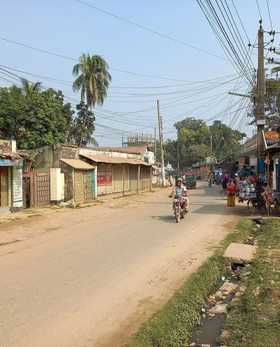Best budgeting practices center on balancing local and imported needs, leaning toward local produce, cooking at home, and choosing seasonally available items. A sensible framework is to set a monthly ‘baseline’ for housing, food, transport, and incidental expenses, then track deviations. Seasonality affects transport and energy; monsoon rains can influence road conditions, while cooler months shift heating or warm clothing needs. For neighborhood fit, consider river-adjacent areas for scenic living and shorter commutes, or hillside pockets for tranquility and views. Networking with fellow travelers and locals helps uncover coworking options, informal workspaces, and reliable internet pockets. Tip: build a flexible budget buffer to accommodate periodic repairs or travel breaks.
